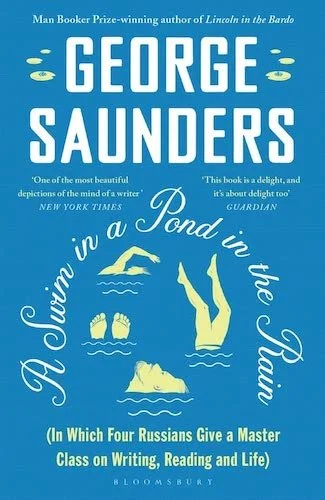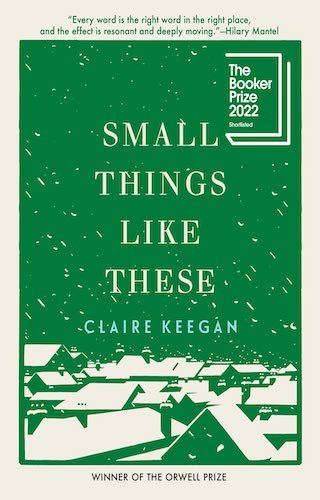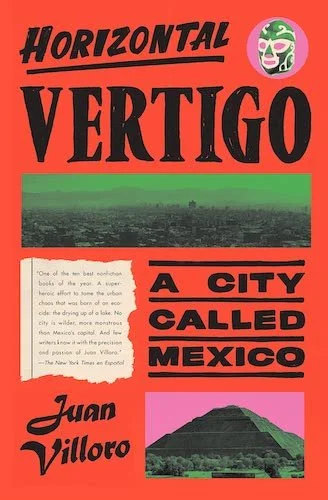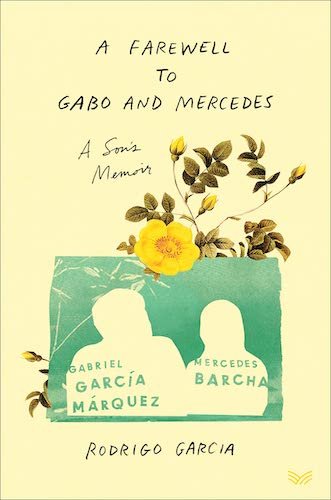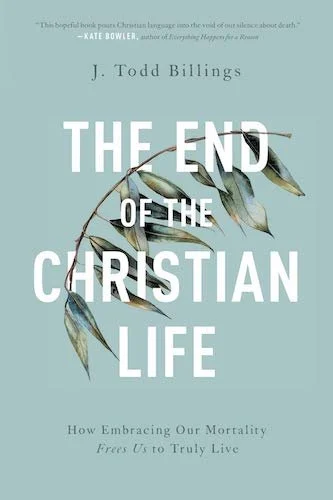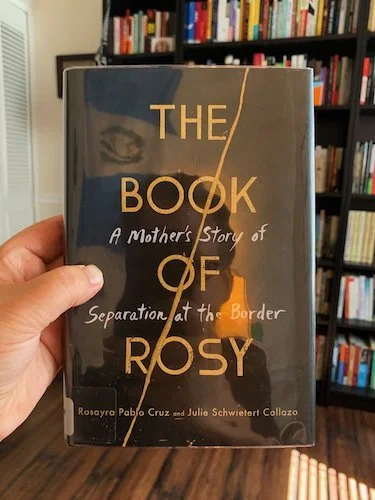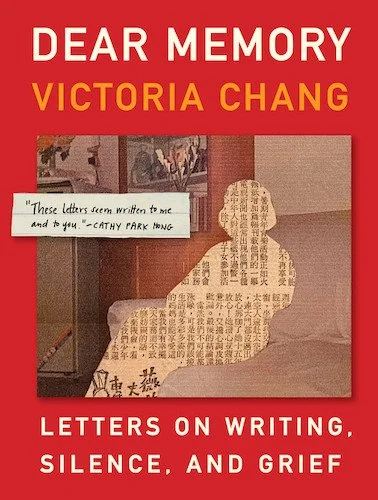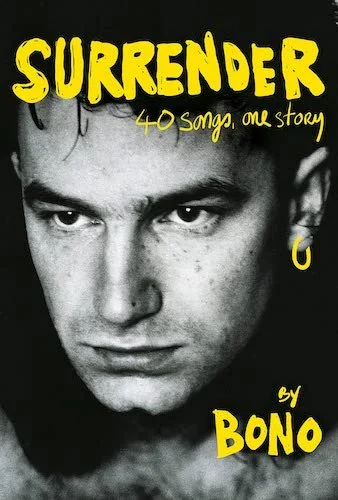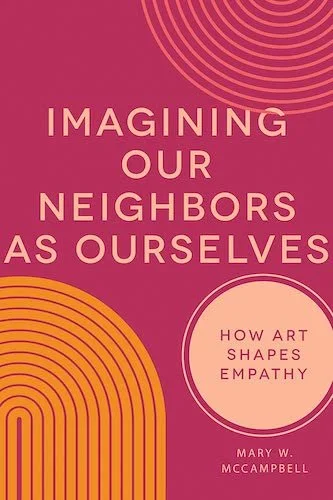My Favorite Books of 2022
In a tradition that stretches back more than a decade now, I am delighted to give you my annual list of favorites. These are listed in no particular order, except that I’ve saved my two absolute favorite books of the year for last.
When you’re done reading, I’d love to hear from you. Have you read any of the books I highlight here? Love ‘em? Hate ‘em? Which books are you dying to tell me about as I create my reading plan for 2023?
Don’t be a stranger, whatever you do. And as always, thanks for reading.
– Tim
A book about becoming a better writer—and a better person:
A Swim in a Pond in the Rain: In Which Four Russians Give a Master Class on Writing, Reading, and Life (Random House)
by George Saunders
Saunders is a master of the short story form. Maybe the master at this point. In this book, based on a course he has taught at Syracuse for decades, Saunders shows us how his imagination and writing habits have taken form, and how that process has changed his life—and can change ours. He selects a handful of his favorite short stories written by Russians in the nineteenth century, and then dissects them (the stories, not the dead Russians). It may sound boring; it’s not.
“The Russians, when I found them a few years later, worked on me in the same way. They seemed to regard fiction not as something decorative but as a vital moral-ethical tool. They changed you when you read them, made the world seem to be telling a different, more interesting story, a story in which you might play a meaningful part, and in which you had responsibilities.”
Read more here.
A short novel that packs a punch, in the gentlest way imaginable:
Small Things Like These (Grove)
by Claire Keegan
Among the works of fiction I read in 2022, this novella was my standalone favorite. I first listened to the audiobook. But the more I sat with the masterful, haunting story I had just heard, I found myself wishing I had actually read it. More specifically, I wished I had read it at Christmastime. So that’s what I did. And it resonated even more deeply the second time around. This is a gentle book. But it’s not naive, not by a long shot. It’s a story with staying power, the kind of story where every word counts.
“As they carried on along and met more people Furlong did and did not know, he found himself asking was there any point in being alive without helping one another? Was it possible to carry on along through all the years, the decades, through an entire life, without once being brave enough to go against what was there and yet call yourself a Christian, and face yourself in the mirror?”
A love letter to a dazzling, disorienting city:
Horizontal Vertigo: A City Called Mexico (Pantheon)
by Juan Villoro
In April, as a belated tenth anniversary trip, Katie and I spent a wonderful week in Mexico City. We rented an apartment in the Roma Norte neighborhood (yes, we made our pilgrimage). It proved to be an ideal hub for exploring the city. We walked almost everywhere and loved almost everything we saw, heard, smelled, tasted, and touched (OK, yeah, there were occasional exceptions). We could barely scratch the surface, so I was glad to be reading Villoro’s book as well, a love letter to CDMX, with all its many layers and contradictions.
“Nevertheless, the vastness of the territory made me realize that I could find my own space there. I decided to belong to the city, as if I didn’t before. I decided to love it and despise it in the way you love and despise something that belongs to you. I decided to understand it with a mixture of enthusiasm and astonishment. For someone who’s disoriented, the labyrinth is a house.”
A son’s memoir about his larger-than-life parents:
A Farewell to Gabo and Mercedes: A Son's Memoir of Gabriel García Márquez and Mercedes Barcha (Harpervia)
by Rodrigo García
I’ll admit that this book surprised me. I suppose I expected it to be insubstantial, somehow, a cash grab. But I’m fascinated by Gabo’s complicated legacy, and I knew it wouldn’t take that long to read, and my library had a copy, so . . . I gave it a shot.
I’m glad I did. I was surprised by the warmth and tenderness here, as well as some genuinely breathtaking prose. That, and just enough magical realism for my taste (hint: it involves a dead bird on Maundy Thursday; that part alone is worth the price of admission). Later in the book, Rodrigo García is at the morgue in Mexico City, standing by for the cremation of his father’s body. And this is how he renders that scene:
“I’m trying to build bridges in my mind between my living father and my dead father and my famous father and this father here in front of me, and I’m failing. I have an instinct to say something, and I think of it: ‘Well done.’ But I don’t say it out loud for fear of sounding earnest or sentimental. I want to take a photograph of him and I do so with my phone. Instantly I feel sick to my stomach with guilt and shame for having violated his privacy so violently. I delete the photograph and instead take one of the roses on his body. He would have been delighted that the pretty young woman worked on him. He would have flirted with her.”
A winsome, wholehearted work of theology about death and the basis of hope:
The End of the Christian Life: How Embracing Our Mortality Frees Us to Truly Live(Brazos)
by J. Todd Billings
This fall, Katie went back to seminary as part of a distance MA program. In October, we spent a few days in Holland, Michigan, for her course intensive with J. Todd Billings. Western Theological Seminary is an excellent academic institution, but even more importantly, we’re discovering that it’s a top-notch community of women and men. During our precious few days there, it really felt that we were among our people, something we do not take for granted at this stage of our lives.
Unlike Katie, I didn’t take the class with Dr. Billings, but I did get to eat hot dogs in his driveway. And we had a brief conversation about one particular passage in this book, a book full of memorable passages. I’ll be thinking about what he said—and the manner in which he said it—for years to come. And I’ll be returning again and again to this joyful, hopeful book about embracing our finitude, written by an author who lives within his limits, day by day.
“Joy is not found in living as if we are immortal—or in a universe that always conforms to our wishes. Joy is found in giving ourselves away, in all of our temporal and crumbling weakness . . . We experience joy when we turn toward the wounds of our mortal limits, leaping into the arms of the living Lord, offering our bodies back to God as temples, hoping for the return of Christ, who is our life. He will appear on the final day and make things right.”
A unique co-authored book about the enduring choice between dehumanization and hospitality:
The Book of Rosy: A Mother's Story of Separation at the Border (HarperOne)
by Rosayra Pablo Cruz and Julie Schwietert Collazo
It’s difficult for many of us to grasp the impossible choices that vulnerable families are forced to make in order to survive. This is why I’m especially grateful for books like this one, cowritten by a Guatemalan woman who sought—and was granted—asylum in the United States.
In a year in which I took steps to reclaim my own Guatemalan documentation (I’ll write more about that soon), I was intentional about reading more books by Guatemalan authors. This was the best and most moving book of the bunch, with sincere apologies to the Nobel laureate Miguel Ángel Asturias.
“Among the many things that people don’t understand about migration is this: No one wants to leave the people they love. Most people don’t want to leave the land where they were born, or the soil where their umbilical cord was buried. If they believed that staying would ensure survival, they would never set off on such a treacherous journey.”
Read more here.
A book about eschatology and faithfulness and, yeah, a whole lot more:
How to Inhabit Time: Understanding the Past, Facing the Future, Living Faithfully Now(Brazos)
by James K. A. Smith
Every Sunday, in the liturgy of our church tradition (and in many similar liturgies), together we proclaim the mystery of faith: “Christ has died. Christ is risen. Christ will come again.” Past, present, future. The reality in which we live. The reality of which we need to be reminded.
The newest book by Jamie Smith is profound and personal. It’s both subtle and subversive. I’m not sure I fully understand it. But I’m pretty sure I need it. And maybe, just maybe, so do you.
“While an eschatological orientation will be characterized by a kind of holy impatience, there should also be something unhurried about an eschatological people. Our frenetic busyness is so often a practical outworking of an unconscious despair, for it is a refusal of hope. It is a refusal of hope because it is, functionally, a refusal of trust and dependence . . . There is an urgency that comes from a desire to see God’s reign realized; but there is another kind of urgency we manufacture to make ourselves feel needed. ‘They ain’t all waitin’ on you,’ Ellis tells the sheriff in No Country for Old Men. ‘That’s vanity.’”
An epistolary ode to family, honoring what’s there and recovering what’s been lost:
Dear Memory: Letters on Writing, Silence, and Grief (Milkweed)
by Victoria Chang
Every family has secrets, stories that—for whatever reason—resist being told. Sometimes the silence is willful and determined. But often, something more nuanced and imperceptible is going on. To borrow a line from the Céline Sciamma film Petite Maman, “Secrets aren't always things we try to hide; there's just no one to tell them to.”
Dear Memory is comprised of letters addressed to “Mother,” “Grandmother,” “Grandfather,” “Daughters,” “Sisters,” and “Father,” but also to “Teacher” and “Ford Motor Company” and a number of people referred to only by single letters: C, T, G, B, and Y. And a few letters addressed to “Silence” itself.
Interspersed with the letters are scraps of photos, hand-written notes, government documents. A scrapbook to cut through the silence. Chang’s poetic pursuit of memory is painful—but also, in important ways, instructive.
“Willing and summoning [memory] is like dragging a small unwilling dog toward a larger dog. When I drag, the dog looks italicized, muscles tight, tail down. Dragging a not-yet-ready memory, thought, or feeling toward language too early feels something like the dog. I can move it, but it will be difficult. More and more, I think writing is not a choice but an act of patience. An act of listening to silence, into silence.”
Sharing “very favorite book” honors, first, a rock star’s spiritual memoir:
Surrender: 40 Songs, One Story (Knopf)
by Bono
In my review, I wrote: “Sure, there’s all the stuff in this memoir you’d expect from someone who’s lived a charmed life of glitz. And yeah, there’s quite a bit of navel gazing. But shallow, this book is not. Rather, I see it standing in the long Augustinian line of spiritual memoir. Bono’s Confessions, you might call it; the story of a spiritually hungry man who still hasn’t found what he’s looking for.”
This one had a lot of hype to live up to. But you know what? It’s everything I hoped it would be. Moving. Honest. Augustinian (IYKYK). And it’s so much fun. For all of these reasons, it’s one of my two very, very favorite books of the year.
“Someone has likened prayer to being on a rough sea in a small boat with no oars. All you have is a rope that, somewhere in the distance, is attached to the port. With that rope you can pull yourself closer to God. Songs are my prayers.”
Read more here.
Last but not least, sharing “very favorite book” honors, a celebration of art and empathy:
Imagining Our Neighbors as Ourselves: How Art Shapes Empathy (Fortress)
by Mary W. McCampbell
Graham Greene’s “whiskey priest” makes an appearance on the very first page of this book. And then it keeps getting even better, if you can believe that. McCampbell, a literature professor, sets out to show us that works of art like books, movies, and music can expand our imaginations and help us love our neighbors. Art can help us see life through the eyes of another in ways that rational arguments seldom do.
If you’ve been reading The Bookshelf for any length of time, you’ll have recognized that one of the recurring themes I can’t shake (not that I want to!) is the connection between good books and even better lives. Reading isn’t a distraction from living. No, this isn’t some zero sum game. Reading can be generative. It can make us less stingy, less grumpy, less sure of ourselves. Which is to say, books can make us more generous, more joyful, better stewards of the mysteries of our shared existence.
Books can make life more expansive for us and for our neighbors. They can make us feel less alone. Less crazy. They can give us glimpses of light when all around is darkness. Books can make us laugh, make us cry, put us in touch with emotions we didn’t know we had, while giving us language we didn’t know we needed.
Books are gifts. And this book is one of the best.
“Good art challenges us into having eyes to see our neighbors, and many times, these neighbors look, speak, and live very differently than we do. Sometimes they might even be considered our enemies. But art that feeds our imagination in the way of empathy always reminds us that these human beings are complex, beautiful, and worthy of love. Their worth lies not in what they do but in how and why they were created. Art that enables us to imagine our neighbors as ourselves continually points back to the greatest Artist.”
+++
